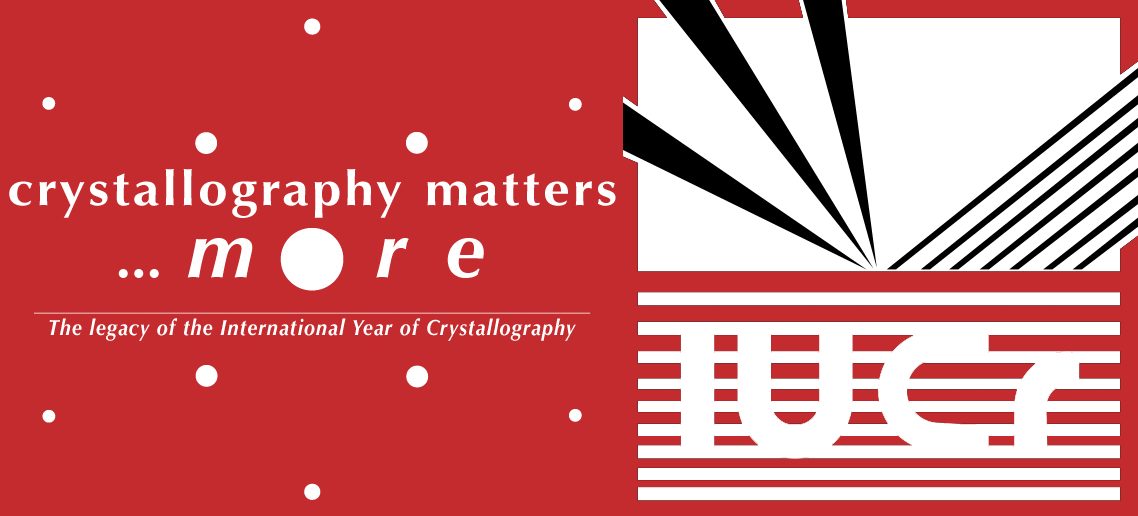issue contents
July 2019 issue

Cover illustration: N-Methyl-N-propyltryptamine (MPT), illustrated here, is a structural analog of N,N-dimethyltryptamine (DMT), which is a well known `psychedelic' molecule found in a variety of naturally occurring organisms, including plants, animals, and funghi. Naturally occurring tryptamines (e.g. DMT, psilocybin, 5-methoxy-N,N-dimethyltryptamine) and their synthetic derivatives (e.g. psilacetin, MPT) have garnered considerable attention of late due to new evidence demonstrating their efficacy in treating mood (e.g. anxiety and depression) and post traumatic stress disorders (PTSDs). Recent studies indicate that psilocin (and its prodrugs like psilocybin and psilacetin) could provide effective treatment for mood disorders, end-of-life anxiety, addiction, and PTSD. However, the long duration of action of psilocin and its prodrugs can result in practical challenges for both patients and clinicians. Accordingly, the mental health industry would benefit from exploring alternative tryptamine treatment options that provide similar therapeutic benefits while having a shorter duration of action. See: Chadeayne, Golen & Manke [IUCrData (2019). 4, x190962].
metal-organic compounds


 access
access

 access
access

 access
access

 access
access

 access
access

 access
access

 access
access

 access
access

 access
accessorganic compounds


 access
access

 access
access

 access
access

 access
access

 access
access

 access
access

 access
access

 access
access

 access
access

 access
access

 access
access

 access
access

 access
access

 access
access

 access
access

 access
access

 access
access

 journal menu
journal menu



















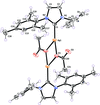


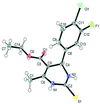




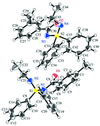

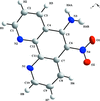


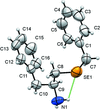




![[publCIF]](/logos/authorchecklist11.gif)
